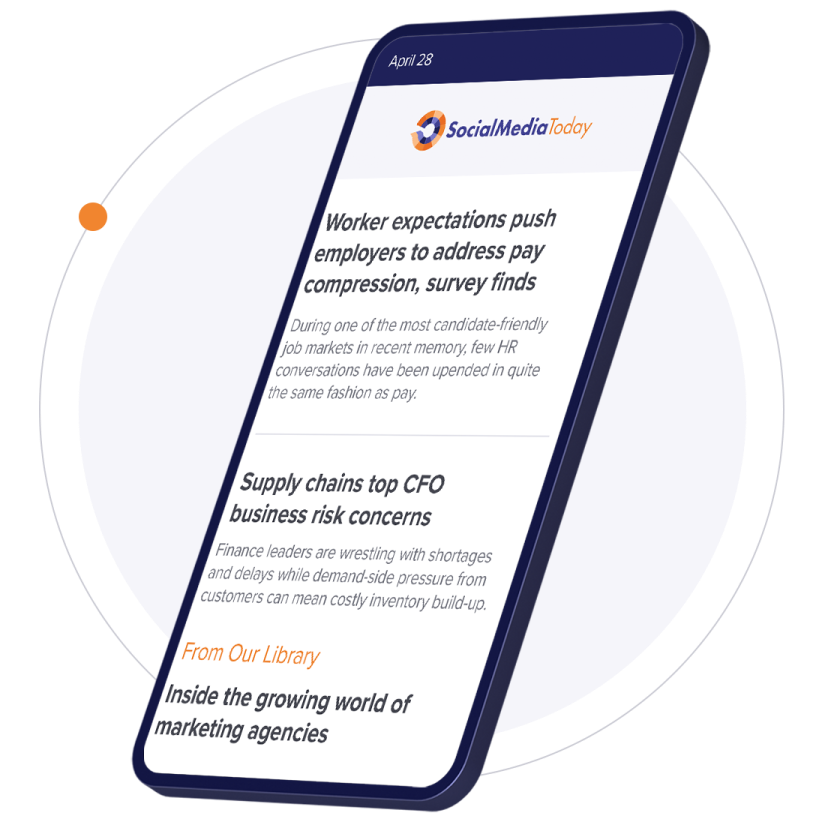UPDATE (5/8): Meta has provided the following statement on the fake Meta pages appearing on Facebook:
"We invest significant resources into detecting and preventing scams and hacks. While many of the improvements we’ve made are difficult to see – because they minimize people from having issues in the first place – scammers are always trying to get around our security measures. We regularly improve our methods for combating these scams and have built teams dedicated to improving the support we can offer to people and businesses.”
Meta says that it has removed all of the identified imposter accounts, while it's also confirmed that all of these Pages were verified under its old system, not as part of the new Meta Verified program.
---
Social media managers – be very wary of ads like this in your feed:

This is a scam ad, which re-directs users to malware, though the Facebook Page it’s linked to does indeed look legit.

As you can see, hackers have somehow gained access to a selection of verified accounts on Facebook, which they’re now using to promote Facebook-specific scams, by posing as official Meta providers.
Which they most definitely are not. A quick rule of thumb – if the URLs they’re referring you to are not ‘facebook.com’, ‘fb.com’, ‘meta.com’ or the like, they are not affiliated with Meta or its platforms, and should absolutely be avoided.
So how does this happen? How do scammers get access to verified pages, then get approved for ads in Meta’s apps?
While we don’t know for sure, one initial assumption – that these scammers simply paid for verification via the new Meta Verified program - appears to be incorrect for this new wave of fakes.
According to Mashable, which investigated the influx of Facebook ad scammers, most of these Pages belong to established verified accounts, which have had their names changed in the last week.
Still, the arrival of Meta Verified, which enables anyone to get a blue checkmark on Facebook and IG, does expand the risk profile in this respect, which could see more of these types of scams happening more often, and duping unsuspecting users.
The solution is actually something that Twitter has implemented, with Twitter’s verification checkmark now disappearing from accounts when you change your profile name or photo. Twitter had to implement more strict anti-impersonation measures after a flood of scammers flocked to the app after the first release of Twitter Blue, which enabled anyone to buy a blue tick and pretend to be an official account.
It seems that, maybe, the very implementation of this measure could have awakened scammers to the potential of this in other apps, which is now seeing Meta faced with a new issue.
Still, Meta’s systems should be more robust in this respect, particularly in terms of running ads, and it’s not a great endorsement of its protective capacity that this is now happening.
Maybe, in Meta’s push to boost ad revenue, it’s approving more ads, or relying more on AI to detect scams.
Either way, users need to be wary.
We’ve asked Meta for more info on this, and we’ll update if/when we hear back.
Note: Meta has now removed the scam accounts identified above







